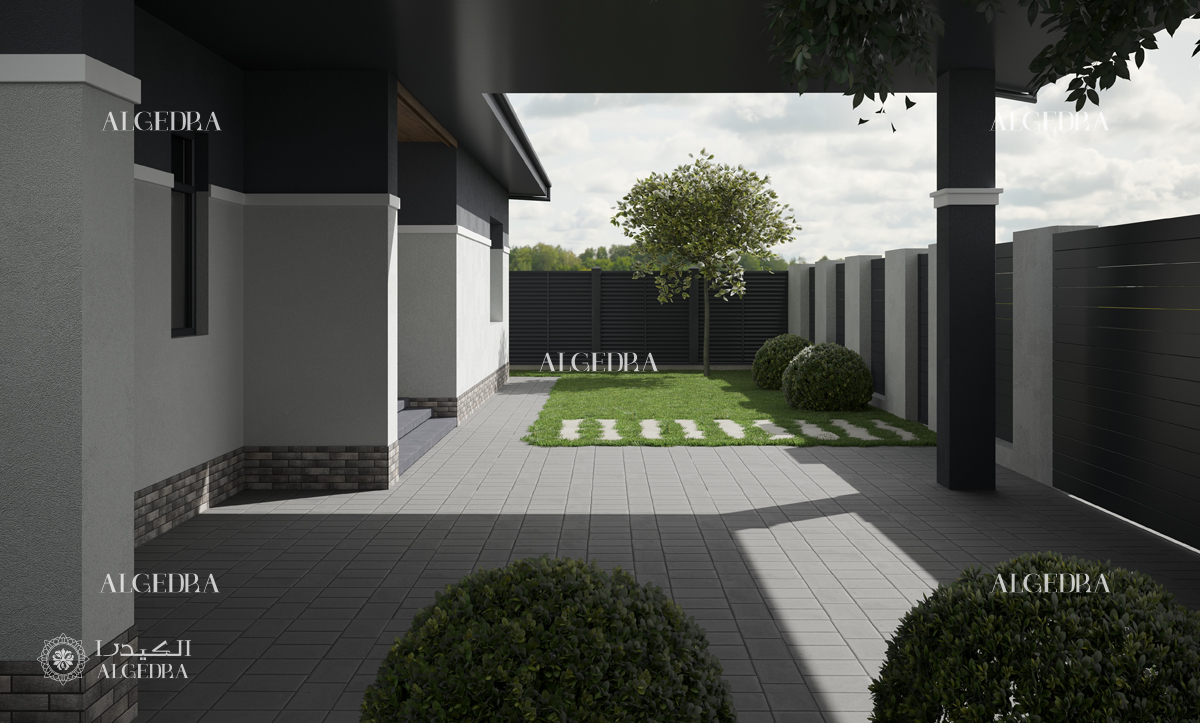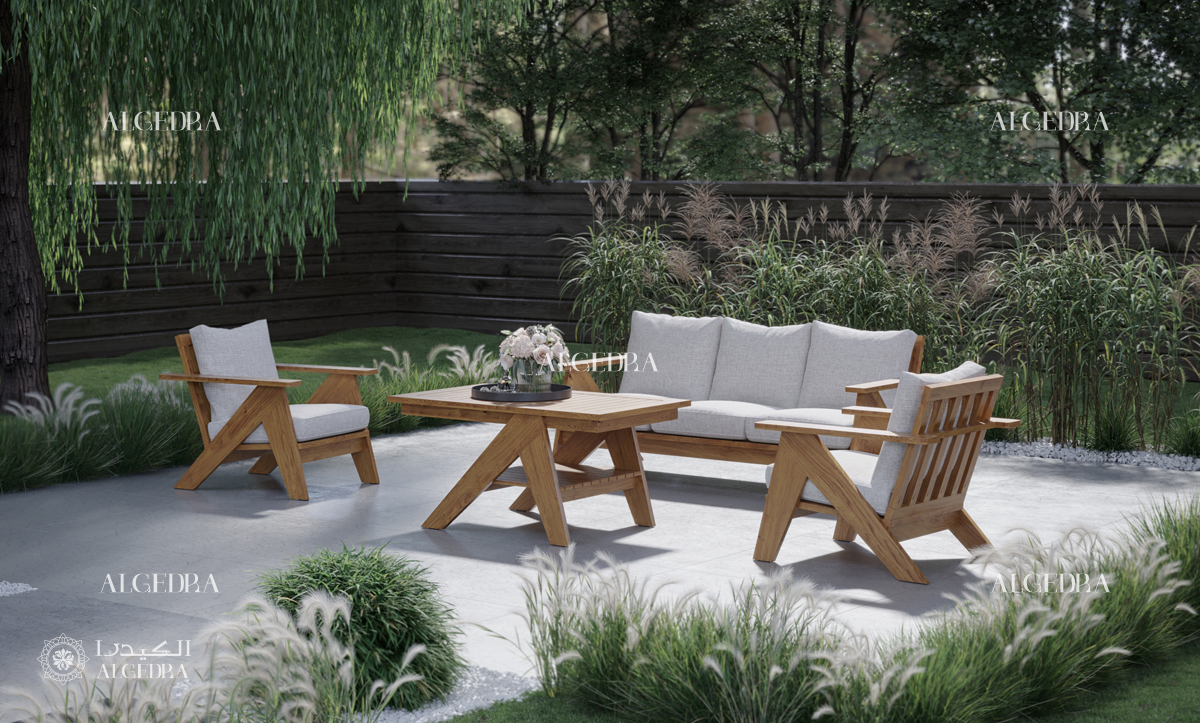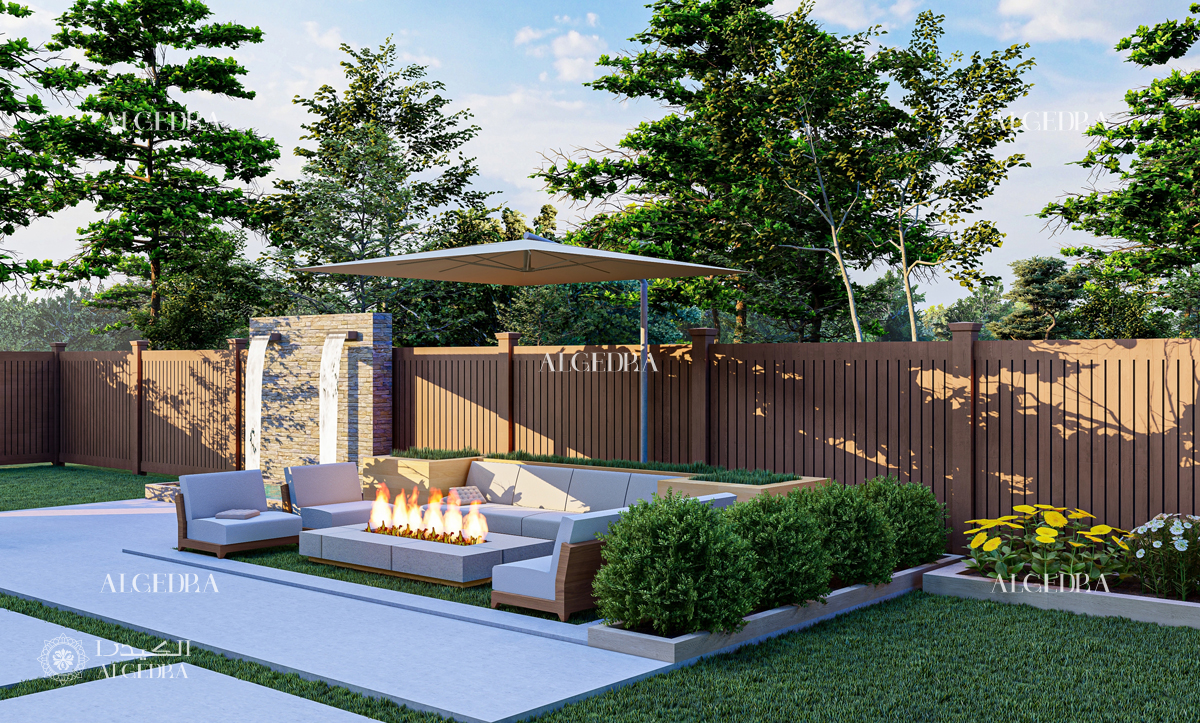A fence is defined as a barrier or enclosure that explains the limit of a space, creating a sense of separation and distinction. Fencing has traditionally been used in architecture to separate outdoor spaces like gardens, yards, and courtyards. It can also be used as a decorative feature to enhance the aesthetic value of a space. A fence has been an intrinsic aspect of architectural design for decades, with ancient civilizations such as the Greeks and Romans adorning public places and private estates with ornate fences.
Modern fencing has evolved into a versatile design feature that may be used both indoors and outside. In Istanbul, Turkey, where East meets West, interior design companies employ fencing as a distinctive architectural decoration.
1- The Benefits of Fencing as Architectural Decoration
Fencing as architectural decoration offers a multitude of benefits, including:
- Visual Interest: Fencing adds a unique textural element to a room, creating visual interest and breaking up the monotony of flat walls and floors.
- Depth and Dimension: By incorporating fencing into a design, interior designers can create the illusion of depth and dimension, making a room appear larger than it actually is.

- Flexibility: Fencing can be used to section off areas within a room, creating separate spaces for different activities or functions.
- Aesthetic Appeal: Fencing can be designed to complement a room's aesthetic, adding a touch of elegance and sophistication.

Design Possibilities
When it comes to designing with fencing as architectural decoration, the possibilities are endless. Here are a few design ideas to get you started:
- Room Dividers: Use fencing to create room dividers, separating areas within a room while still maintaining an open feel.
- Wall Decor: Incorporate fencing into a wall design, adding texture and visual interest to an otherwise blank space.

- Ceiling Features: Suspend fencing from the ceiling to create a unique and eye-catching feature.
- Lighting: Use fencing as a framework for lighting installations, adding an extra layer of ambiance to a room.

Materials and Styles
When it comes to fencing as architectural decoration, the choice of material and style is crucial. Here are a few popular options:
- Metal Fencing: Metal fencing offers a sleek, modern aesthetic, perfect for contemporary spaces.
- Wooden Fencing: Wooden fencing adds a touch of warmth and coziness to a room, ideal for traditional or rustic designs.

- Glass Fencing: Glass fencing provides a sleek, minimalist look, perfect for modern and minimalist spaces.
- Ornate Fencing: Ornate fencing features intricate designs and patterns, adding a touch of luxury and sophistication to a room.
Incorporating Fencing into Your Design
If you're considering incorporating fencing into your design, here are a few tips to keep in mind:
- Balance: Balance the fencing with other design elements in the room to avoid overwhelming the space.
- Scale: Ensure the fencing is proportional to the room and its furnishings.
- Color: Choose a color that complements the room's aesthetic, or use fencing as a bold accent piece.

Conclusion
Fencing as architectural decoration is a unique and original approach to bring elegance and sophistication to a space. If you incorporate fencing into your design, you may create a setting that is both stunning and thought-provoking. Fencing is an important consideration when working with an interior design company in Turkey or a decor company in Istanbul.

Get Started on Your Dream Design Today!
Ready to elevate your space with fencing as architectural decoration?

Contact us today to schedule a consultation with one of our expert interior designers. Let us help you create a space that is truly unique and unforgettable.